Throughout history, many landmarks have stood as symbols of human achievement. Sadly, some of these iconic structures have been lost to time. Natural disasters, wars, and neglect have contributed to their demise. Despite their absence, their stories and significance continue to captivate us.
The Colossus of Rhodes
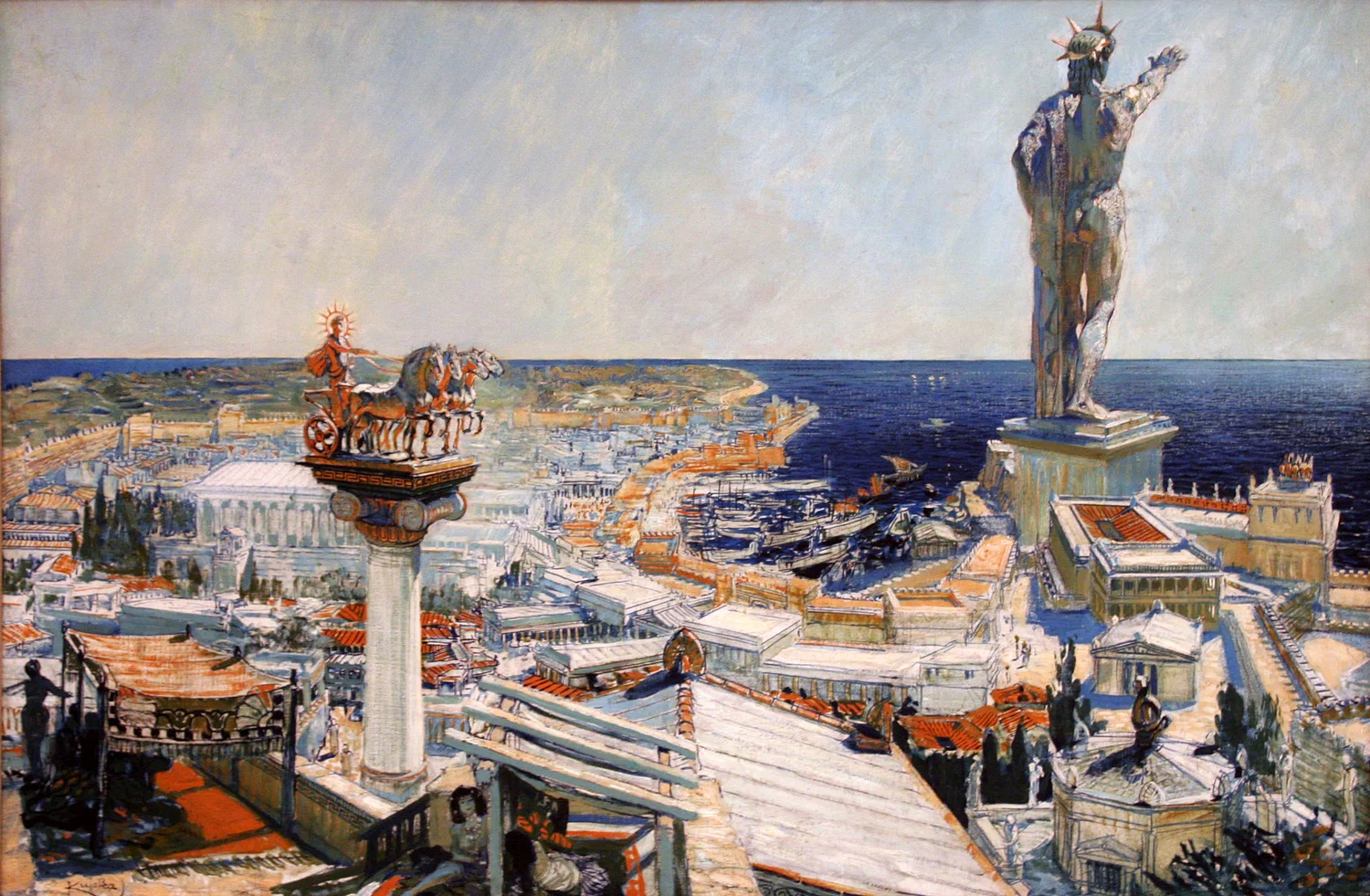
The Colossus of Rhodes, one of the Seven Wonders of the Ancient World, stood tall in the harbor of Rhodes. Built in 280 BC, it was a symbol of victory and freedom. An earthquake in 226 BC toppled the statue, and it was never rebuilt. Over time, the ruins were sold off, making the once-great landmark vanish completely.
The Library of Alexandria
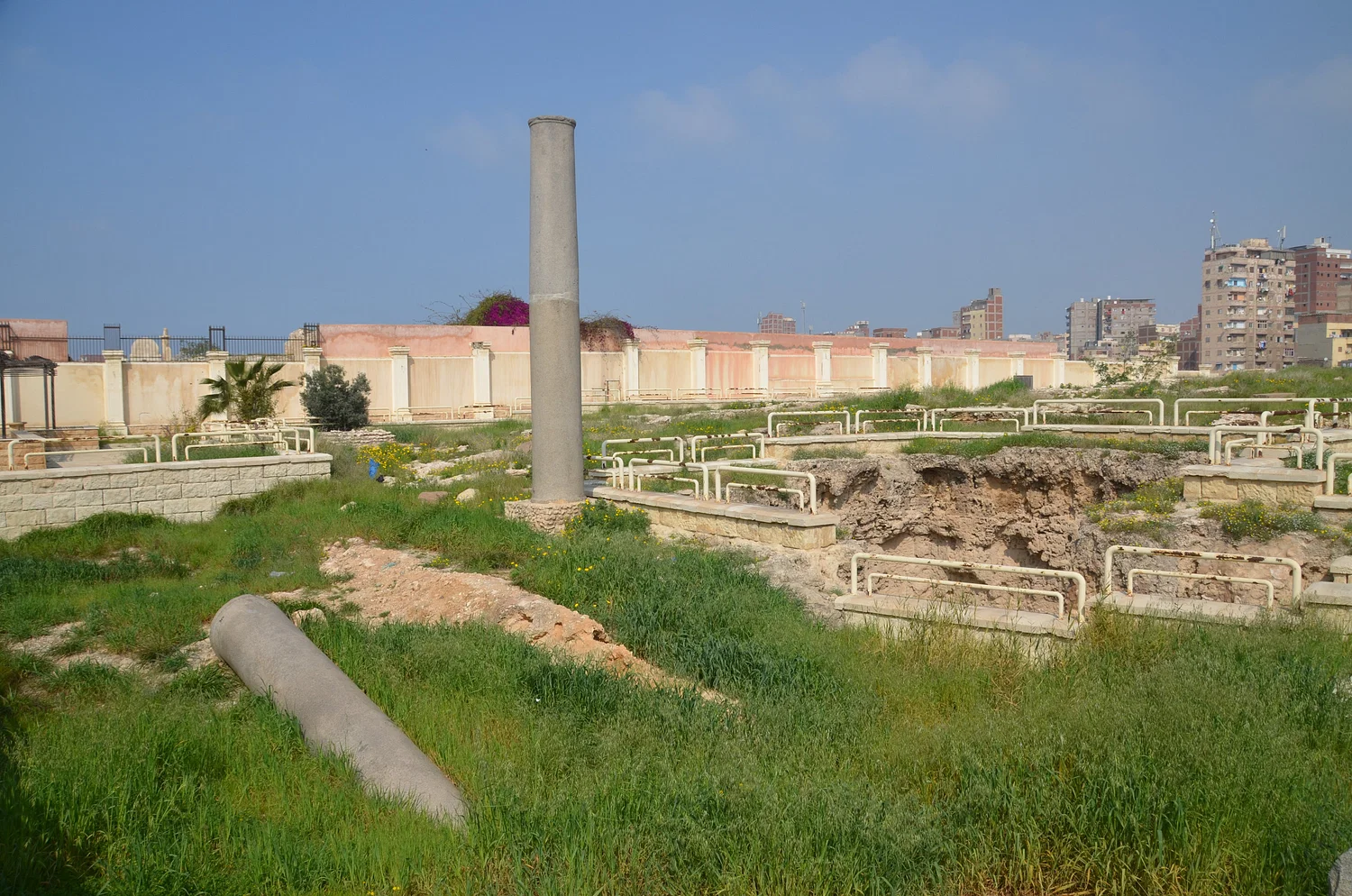
The Library of Alexandria was a beacon of knowledge in the ancient world. Established in the 3rd century BC, it housed thousands of scrolls. Repeatedly damaged by fires and wars, it gradually fell into ruin. By the 3rd century AD, it had lost its status as a premier center of learning.
The Hanging Gardens of Babylon
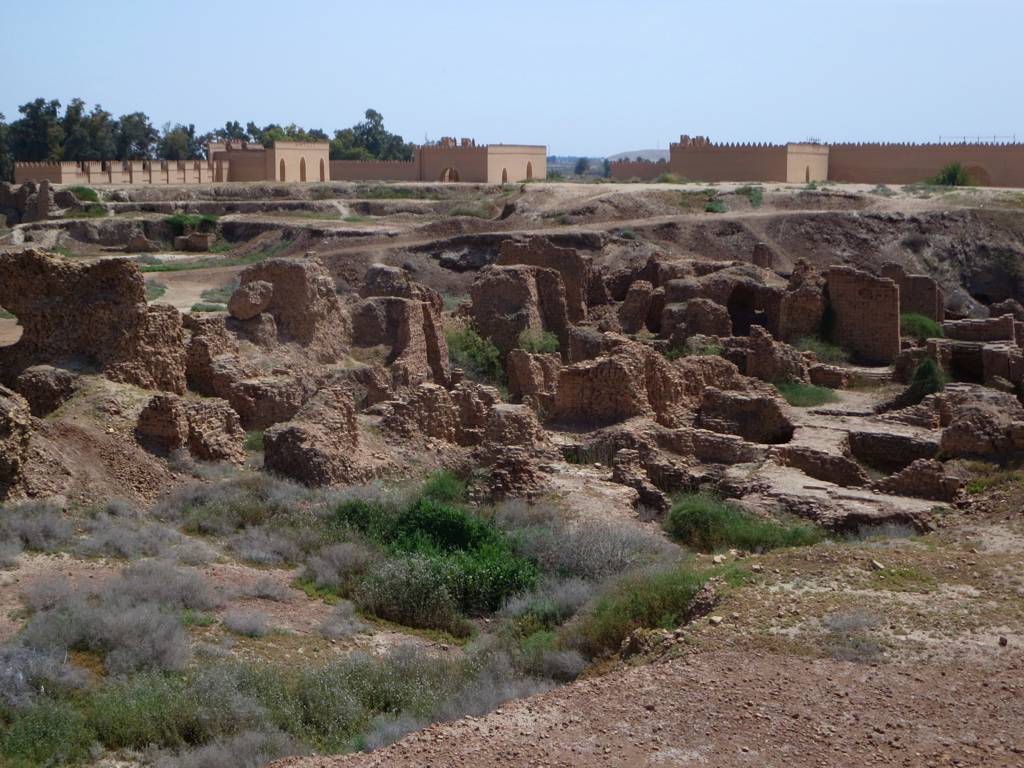
Said to be built by Nebuchadnezzar II for his queen in 600 BC, the Hanging Gardens of Babylon were a marvel of engineering. However, their exact location remains a mystery, and they may have been destroyed by earthquakes. Interest in their whereabouts peaked in the 19th century but waned as no definitive evidence was found. Today, they exist only in ancient texts and imaginations.
The Mausoleum at Halicarnassus
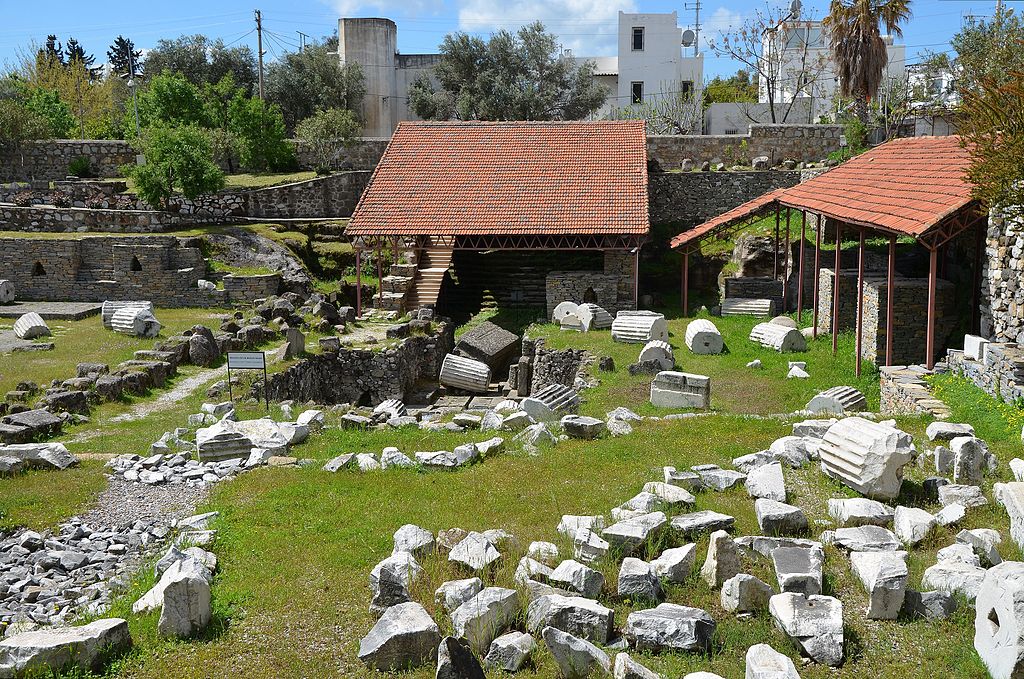
This grand tomb was built around 350 BC for Mausolus, a Persian satrap, and became one of the Seven Wonders of the Ancient World. Earthquakes in the 12th century AD caused significant damage, and by the 15th century, it was dismantled for building materials. Its ruins were once a popular site, but interest declined as little remained to be seen. Today, only fragments and its foundations survive.
The Temple of Artemis at Ephesus
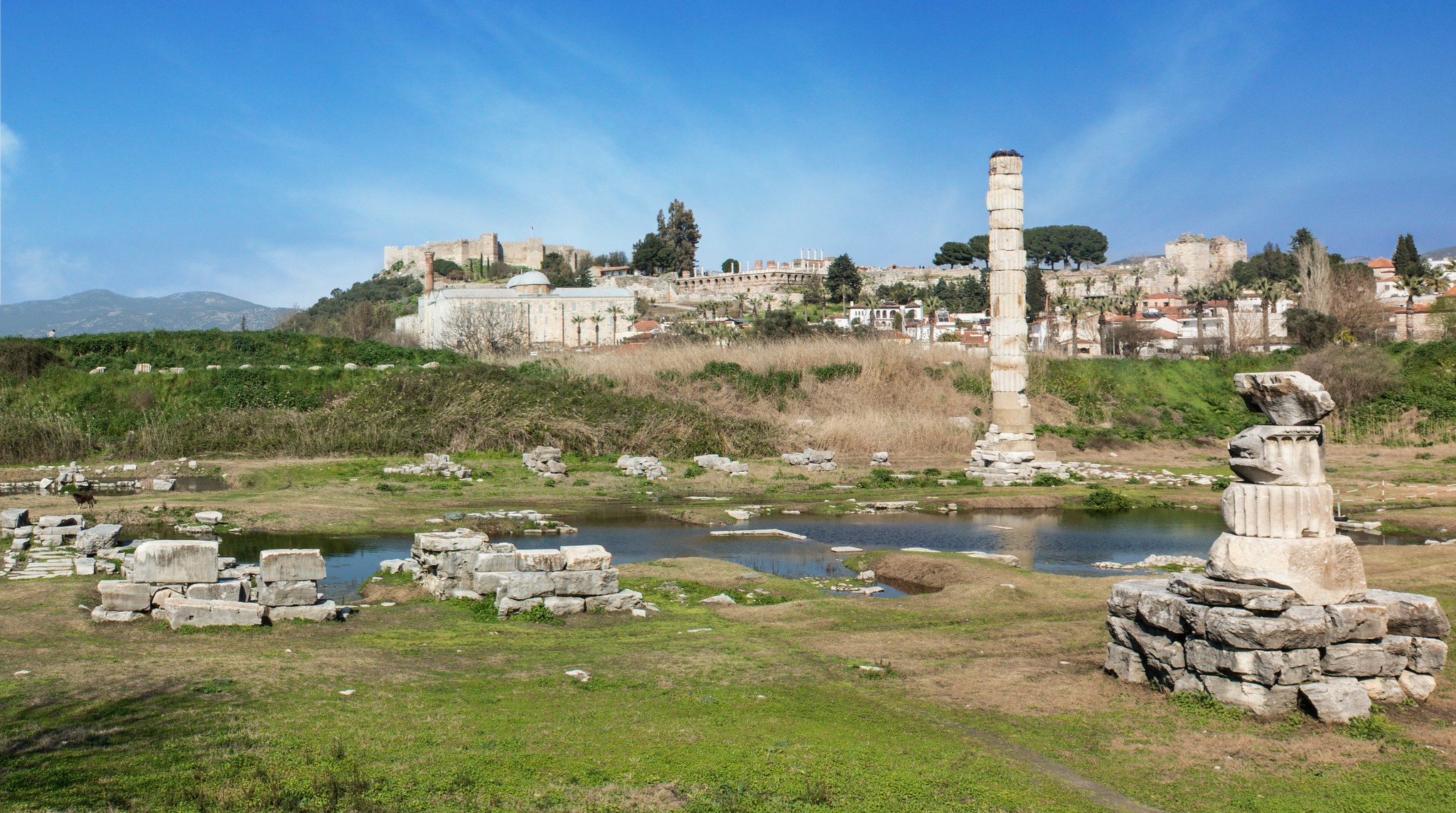
Constructed in 550 BC, this temple was renowned for its grandeur. It was destroyed and rebuilt multiple times due to arson and invasions. By the 5th century AD, it had been permanently dismantled, and its materials repurposed. The temple’s remnants were largely forgotten until rediscovered in the 19th century, but they never regained their former glory.
The Lighthouse of Alexandria (Pharos of Alexandria)
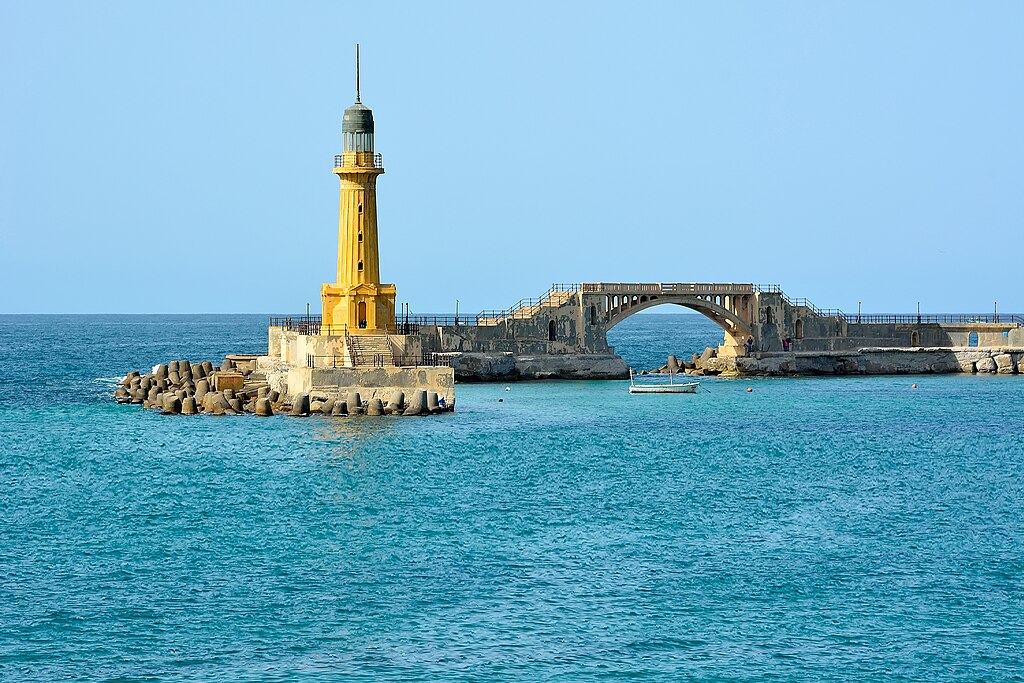
Built around 280 BC on the island of Pharos, this lighthouse guided sailors safely into the busy port of Alexandria. Earthquakes in the 14th century AD caused its collapse. It remained a significant ruin until the 19th century when it was largely forgotten. Modern excavations have found remnants underwater, but it is no longer a prominent landmark.
The Great Zimbabwe
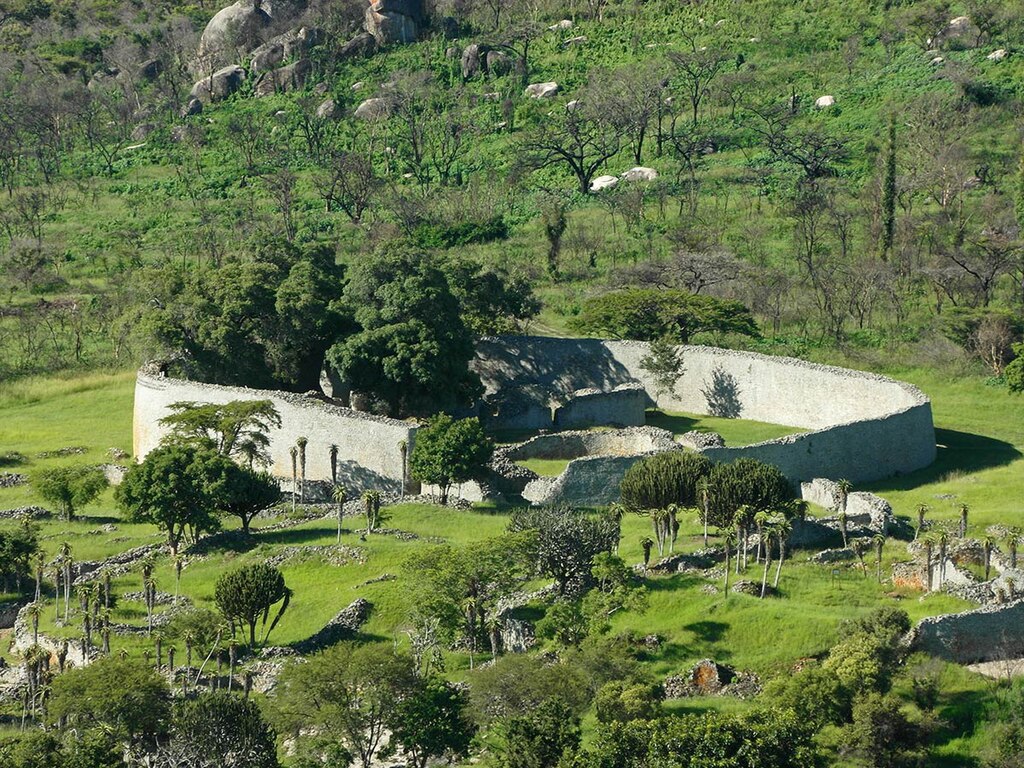
The Great Zimbabwe was a medieval city in southern Africa, flourishing between the 11th and 15th centuries. It was abandoned due to environmental and political factors. Rediscovered in the late 19th century, it initially attracted significant attention. However, its isolated location led to a decline in interest over time.
The Parthenon of Athens
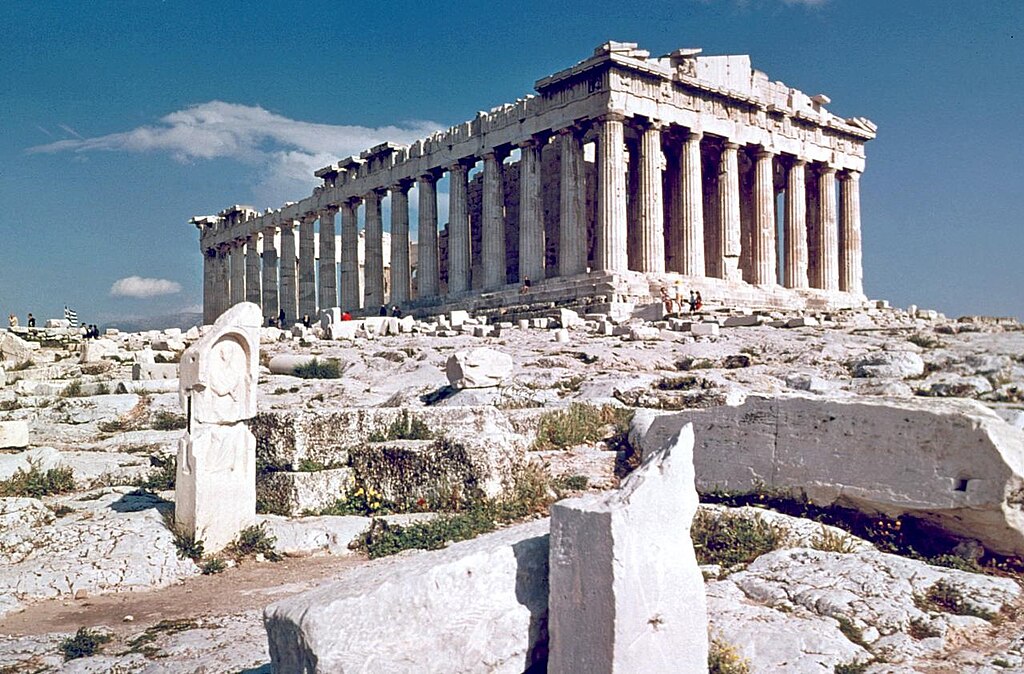
The Parthenon, built in 447 BC, is an enduring symbol of Ancient Greece. Despite surviving numerous wars, it was severely damaged in an explosion in 1687 AD. Once a major pilgrimage site, its allure diminished as the structure deteriorated. Restoration efforts in the 20th century helped preserve it, but it never fully regained its former splendor.
The City of Petra
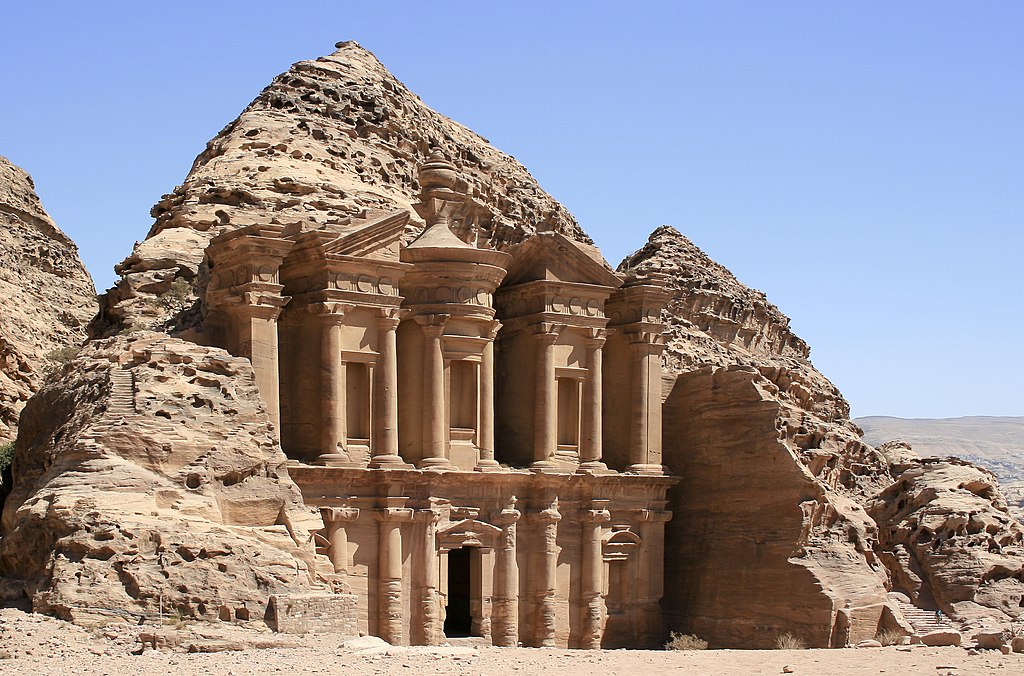
Petra, carved into the Jordanian cliffs, was the capital of the Nabatean kingdom around the 4th century BC. It was forgotten for centuries until rediscovered in 1812. Once a thriving trade hub, it lost its prominence as trade routes shifted. Although now a popular tourist destination, it never regained its ancient significance.
The Statue of Zeus at Olympia
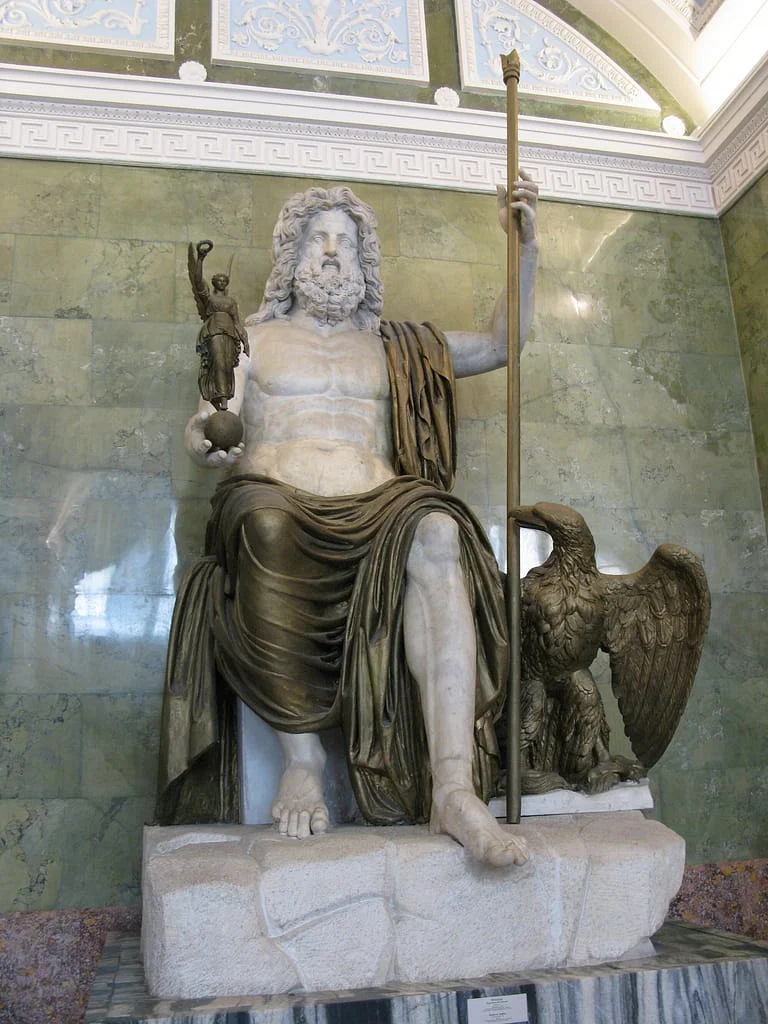
Erected around 435 BC, this statue was one of the Seven Wonders of the Ancient World. It was moved to Constantinople in the 4th century AD and destroyed by fire in 462 AD. It remained a subject of fascination until the 19th century when little evidence of its existence was left. Today, only descriptions and small fragments give us insight into its grandeur.
The City of Pompeii
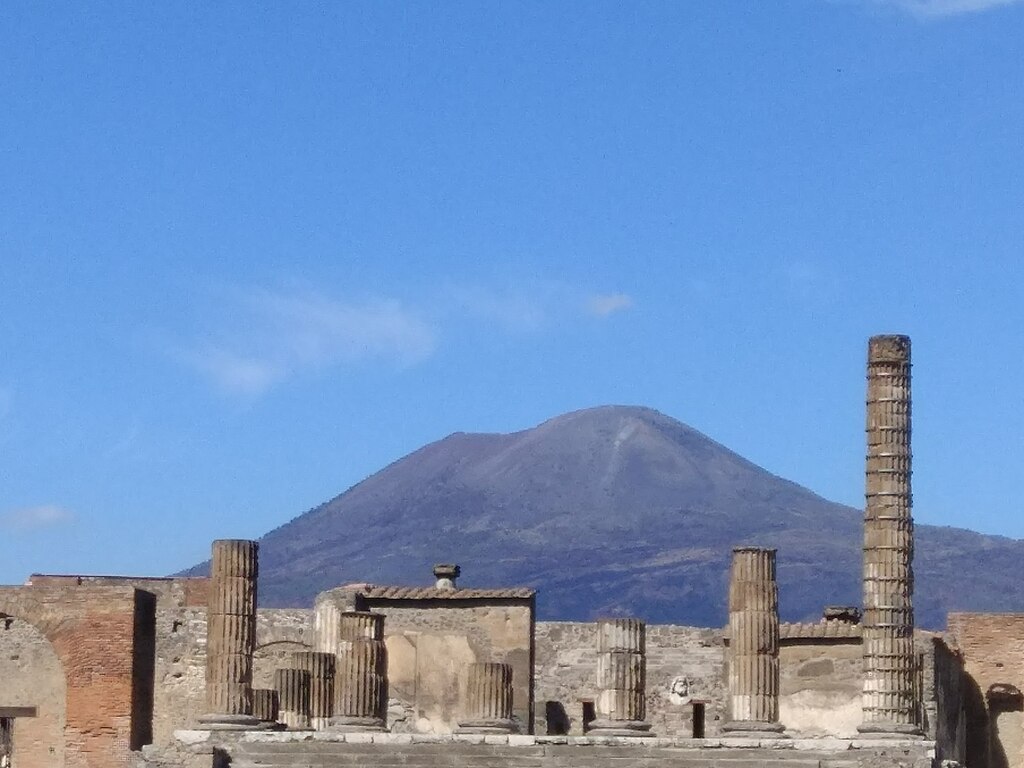
Pompeii was a bustling Roman city buried by the eruption of Mount Vesuvius in 79 AD. It was rediscovered in the 18th century, providing a snapshot of ancient life. Initially, its well-preserved ruins drew much attention, but as tourism increased, the site suffered from neglect and decay. Efforts to preserve it continue, but its original allure has faded.
The City of Palmyra
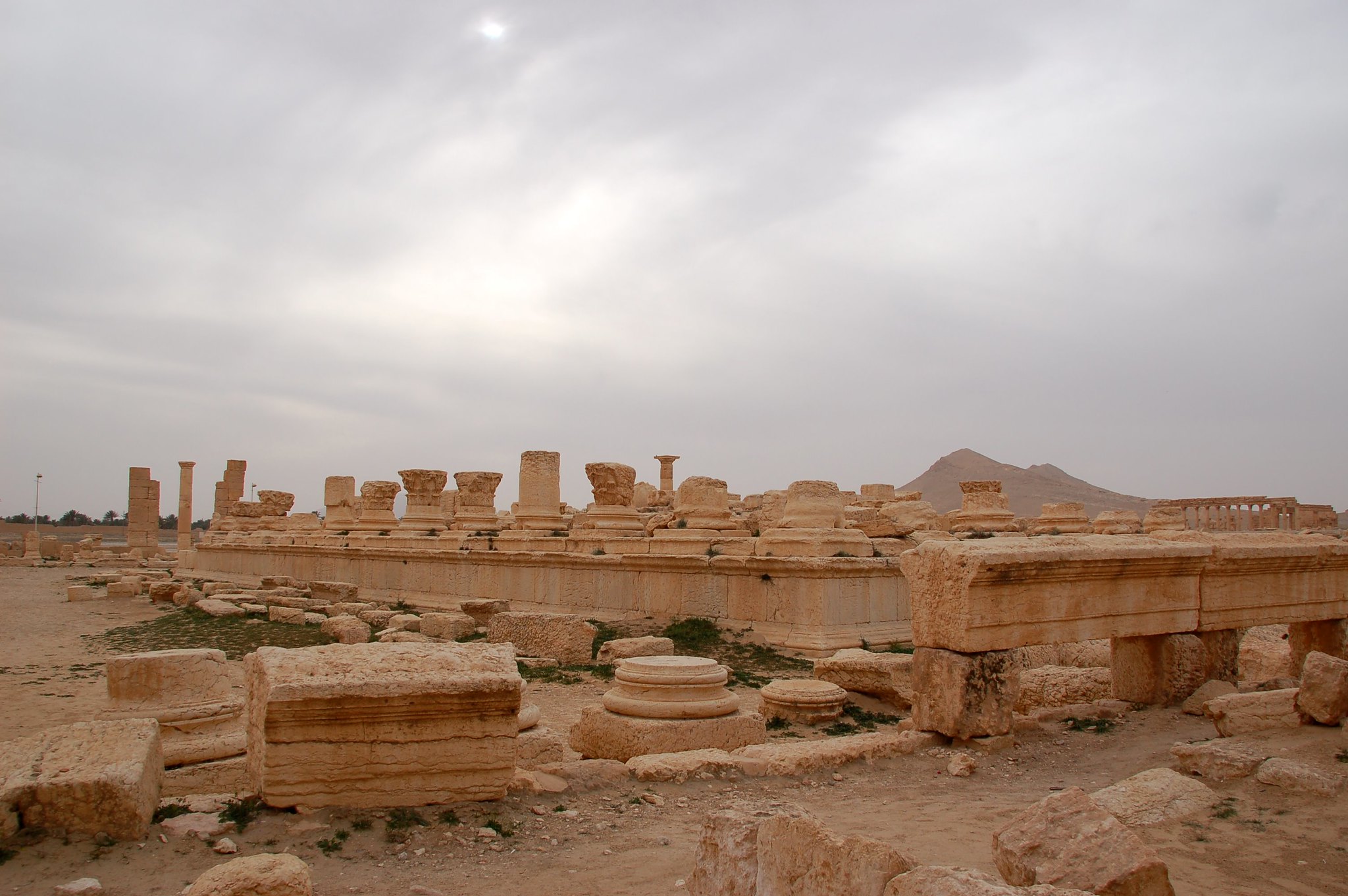
Palmyra, an ancient city in Syria, flourished during the 1st and 2nd centuries AD as a trade center. It was destroyed by war and invasions, with significant damage occurring in recent conflicts. Rediscovered in the 17th century, it became a focus of archaeological interest. However, ongoing instability has made it less accessible and preserved.
The Ajanta Caves
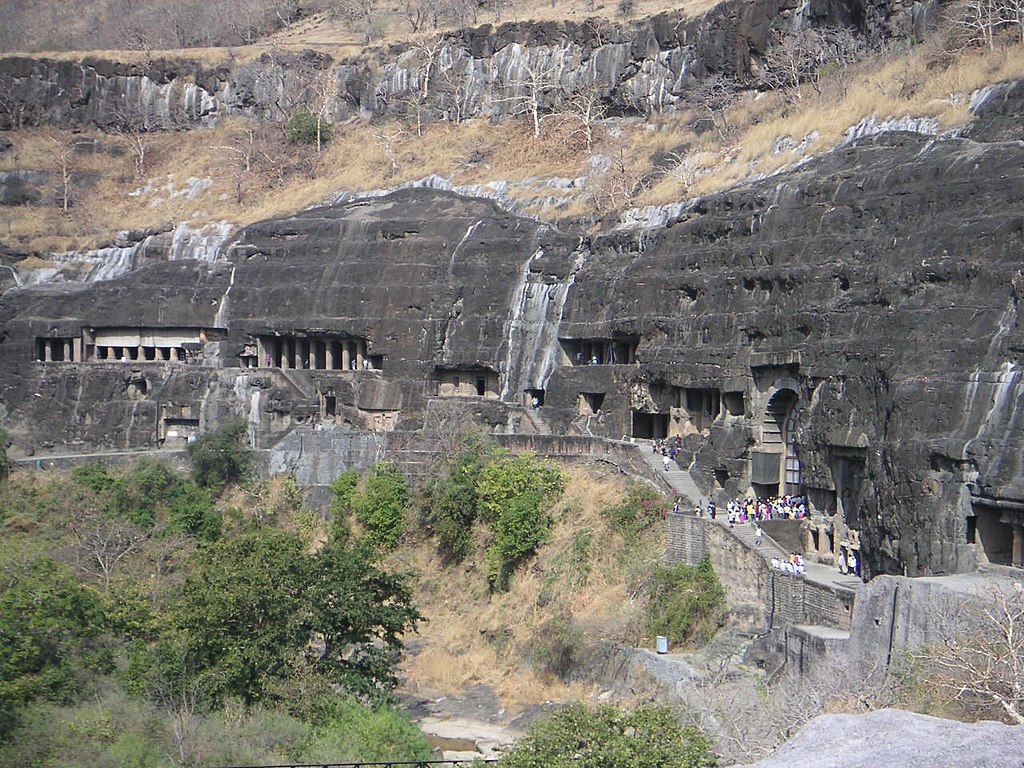
The Ajanta Caves in India, carved between the 2nd century BC and 6th century AD, are renowned for their Buddhist art. They were abandoned and forgotten until rediscovered in 1819. Initially, the caves attracted significant scholarly and tourist interest. Over time, their remote location led to a decline in visitor numbers.
The City of Tikal
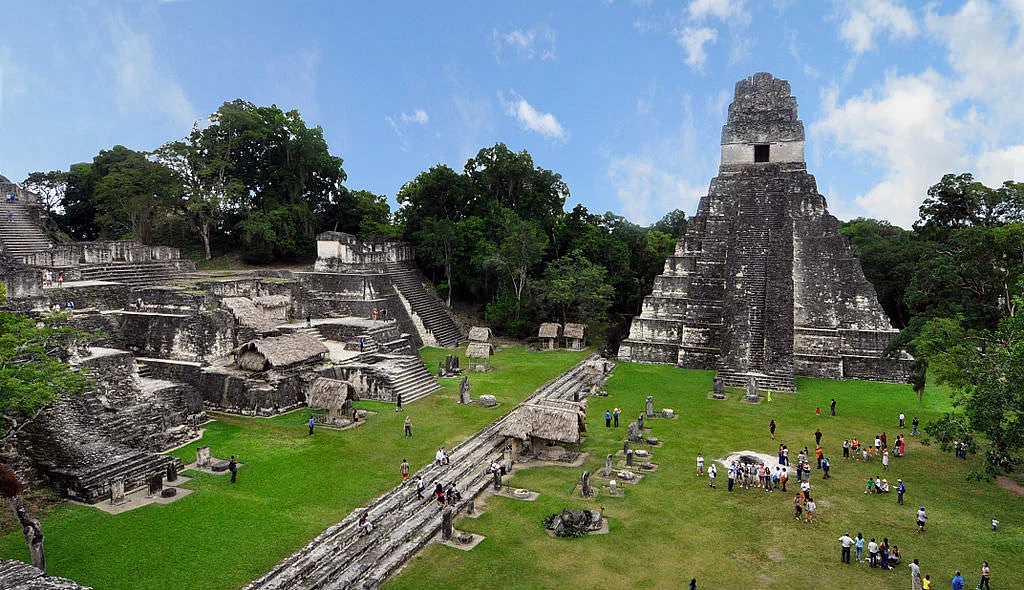
Tikal, an ancient Mayan city in Guatemala, thrived between the 6th century BC and the 10th century AD. It was abandoned due to environmental and social factors. Rediscovered in the 19th century, it drew considerable attention. However, its dense jungle setting has made it less visited over time.
The Herculaneum
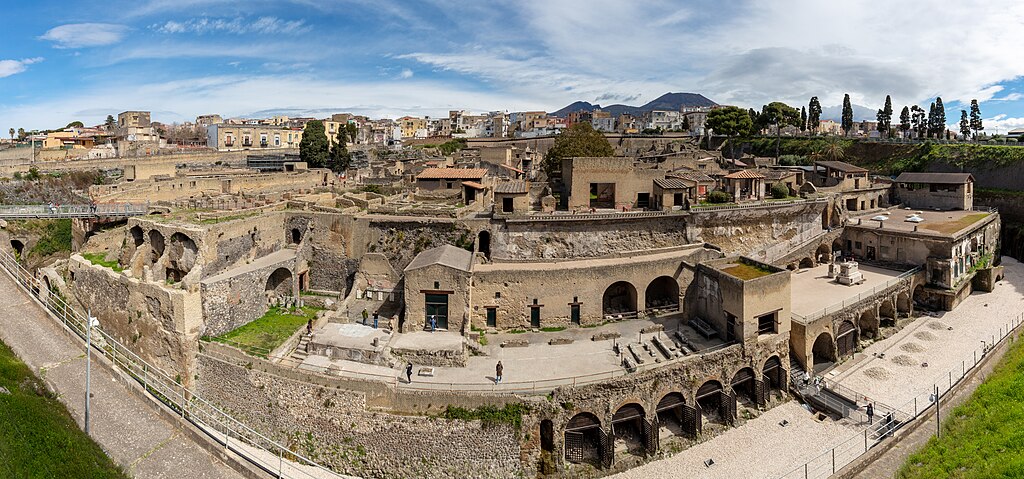
Herculaneum, like Pompeii, was buried by the eruption of Mount Vesuvius in 79 AD. Rediscovered in the 18th century, it provided invaluable insights into Roman life. Initially, it was a significant archaeological site, but interest waned as other sites were uncovered. Today, it remains lesser-known compared to Pompeii.
The City of Mohenjo-Daro
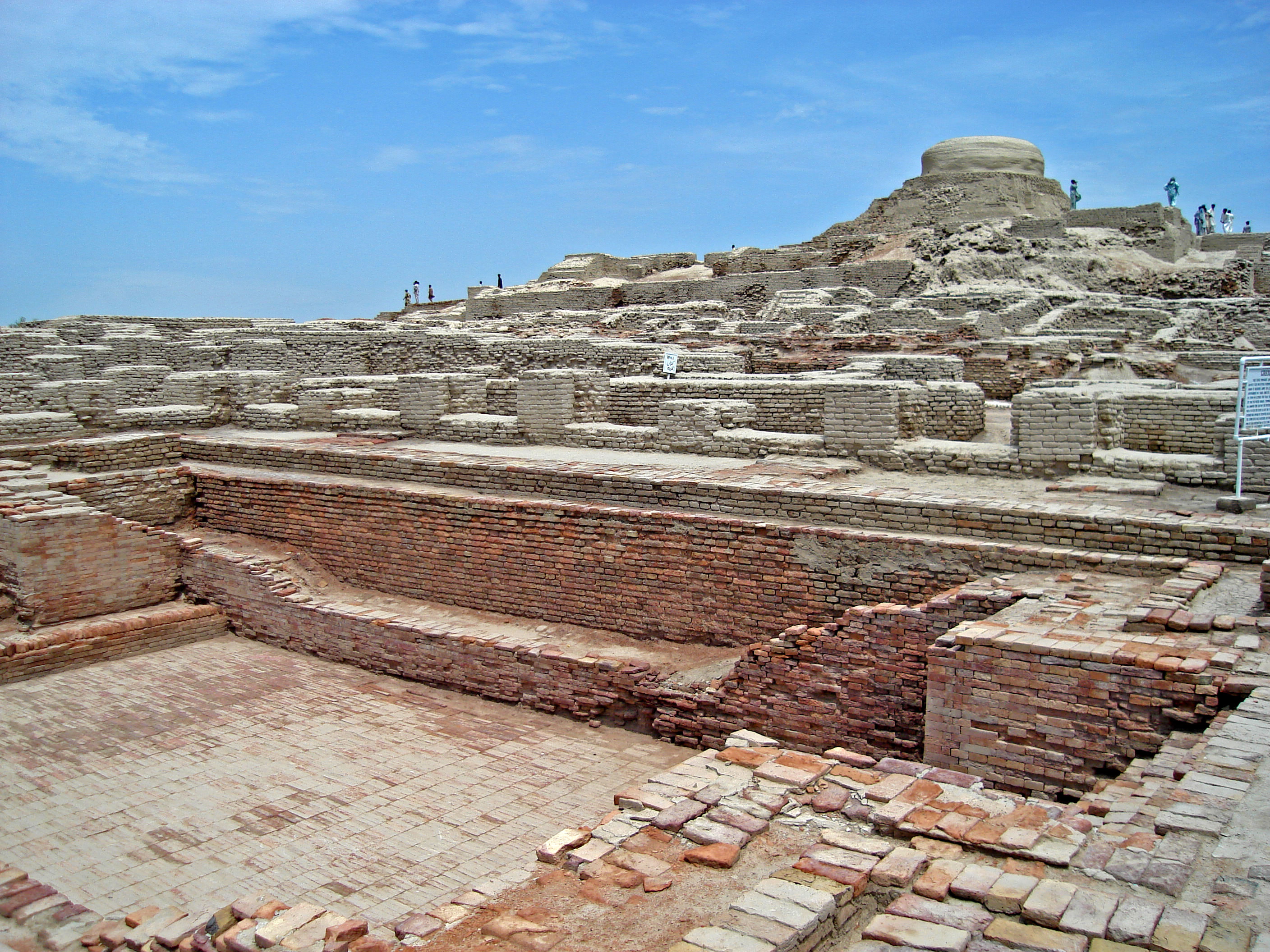
Mohenjo-Daro was a major city of the Indus Valley Civilization, flourishing around 2500 BC. It was abandoned due to climatic changes and flooding. Rediscovered in the 1920s, it became a significant archaeological site. However, its remote location has made it less popular with tourists over time.
The Lighthouse of Pharos
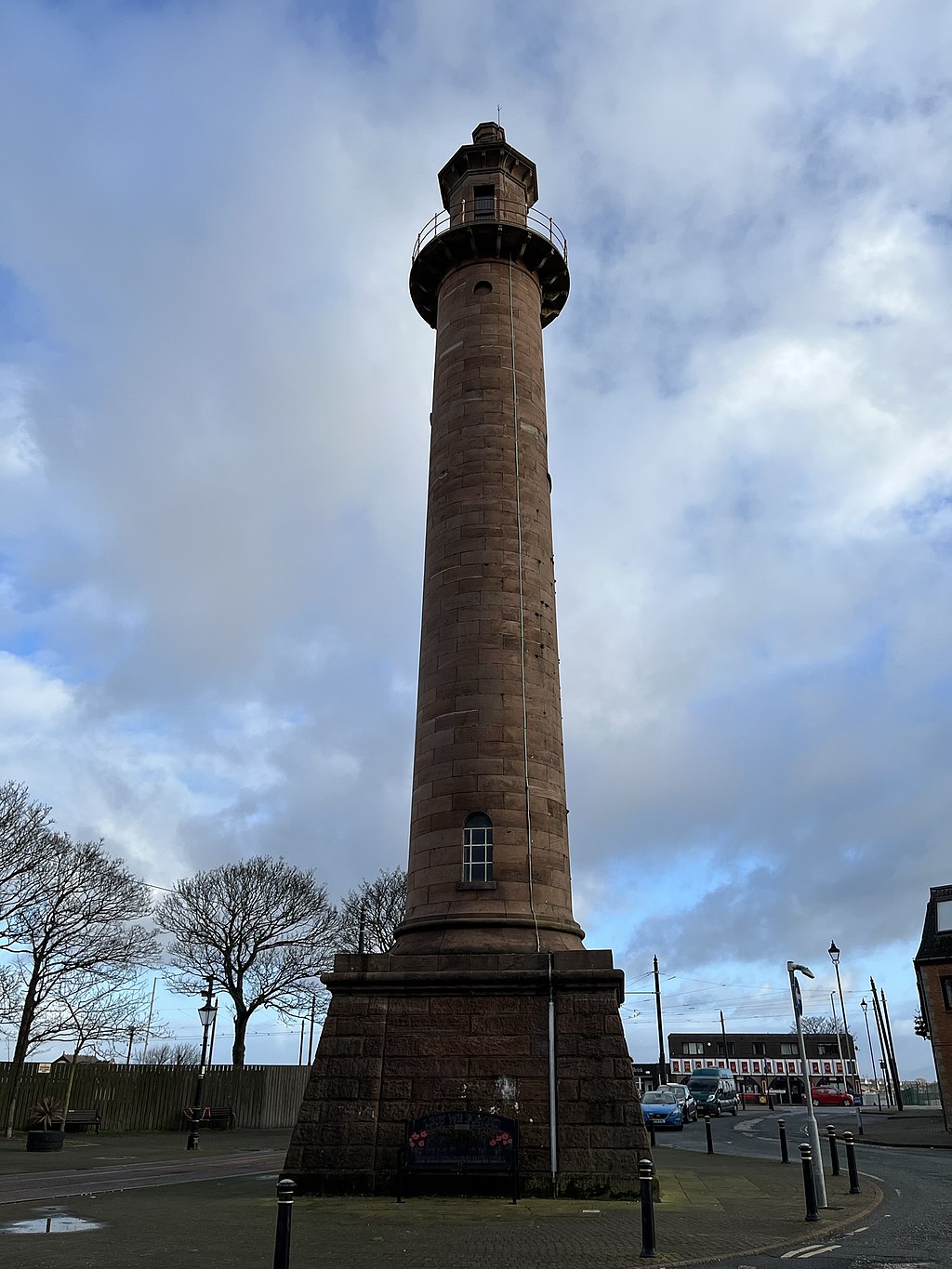
Built in the 3rd century BC on the island of Pharos, this lighthouse was a marvel of engineering. It was destroyed by earthquakes in the 14th century AD. Rediscovered in modern times, its underwater ruins intrigued many. However, it has never regained the prominence it once held.
The Temple of Bel in Palmyra
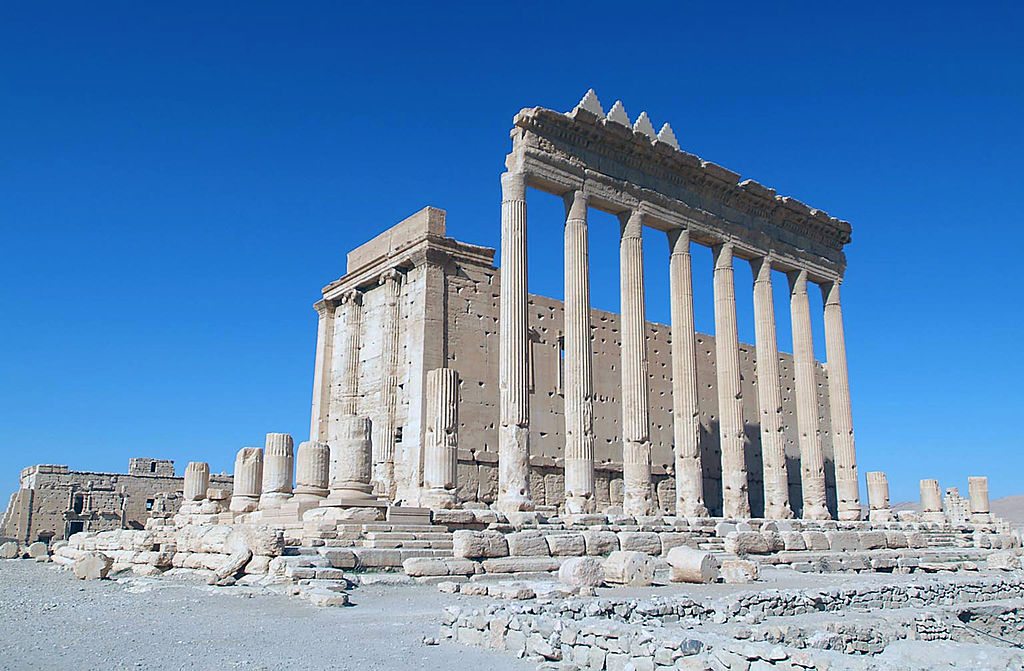
The Temple of Bel, built in 32 AD, was a significant religious site in Palmyra. It was destroyed by conflict in the 21st century, causing global outrage. Once a major attraction, it lost its status as conflict made the area unsafe. Efforts to reconstruct it continue, but it remains a shadow of its former self.
The Great Mosque of Djenné
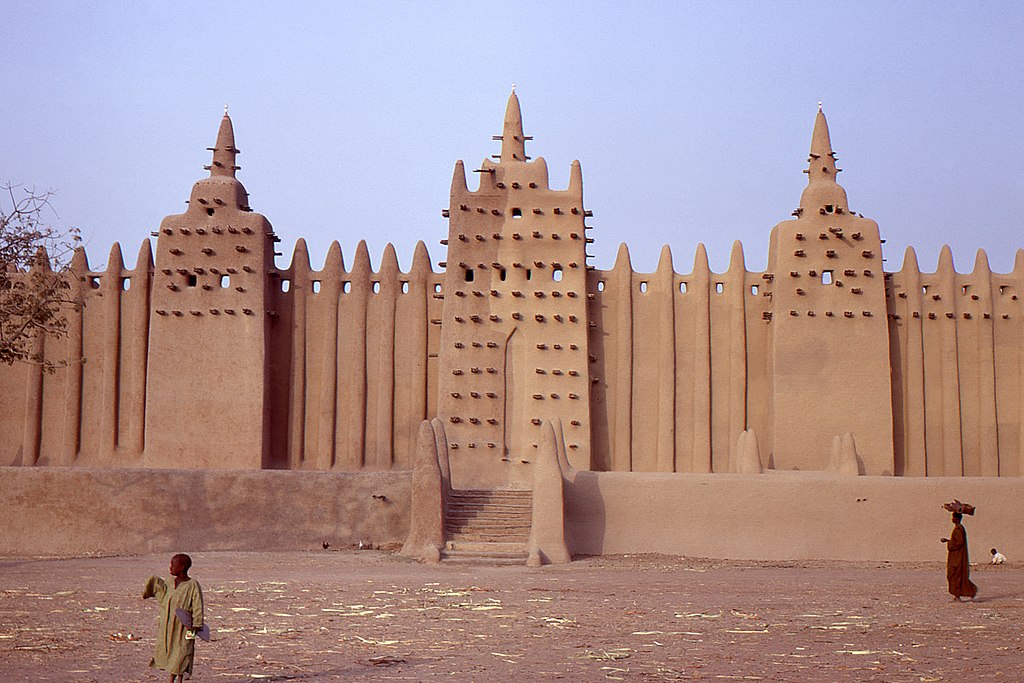
Constructed in the 13th century in Mali, this mosque was a center of learning and religion. It was rebuilt in 1907 after falling into disrepair. Initially, it attracted much attention for its unique architecture. However, political instability in the region has reduced its accessibility and prominence.
The Baalbek Temples
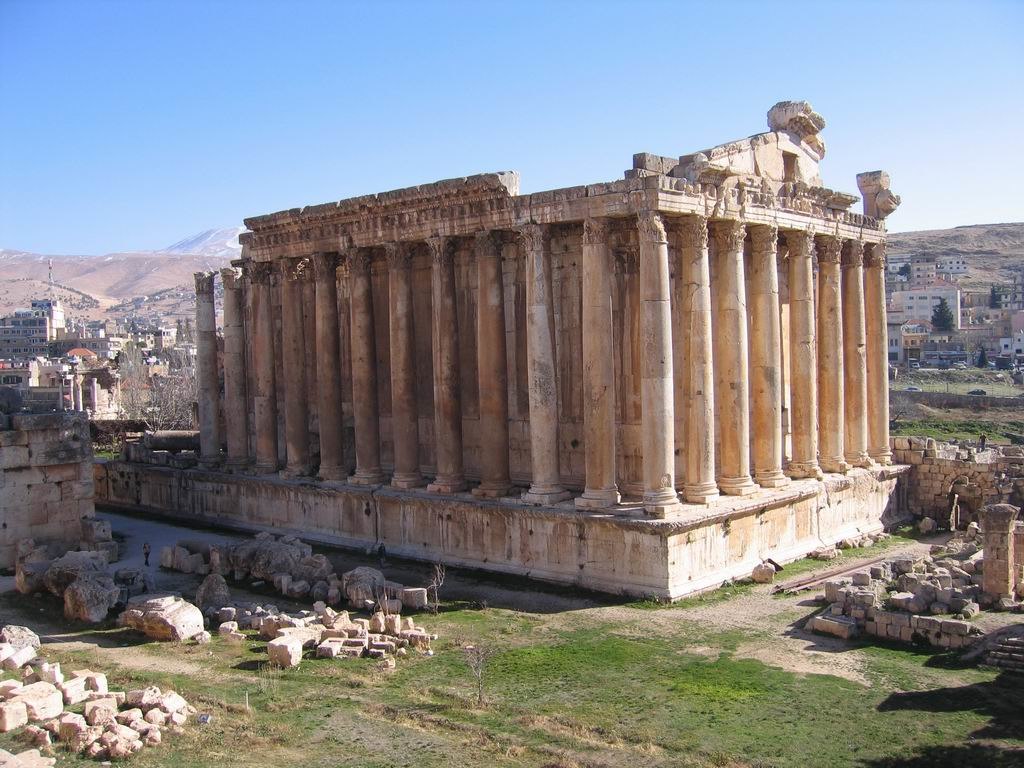
The Baalbek Temples in Lebanon, built between the 1st and 3rd centuries AD, were monumental structures. They suffered damage from earthquakes and invasions over the centuries. Rediscovered in the 19th century, they were initially a major archaeological focus. However, ongoing regional conflicts have made them less accessible.
The Nimrud Palace
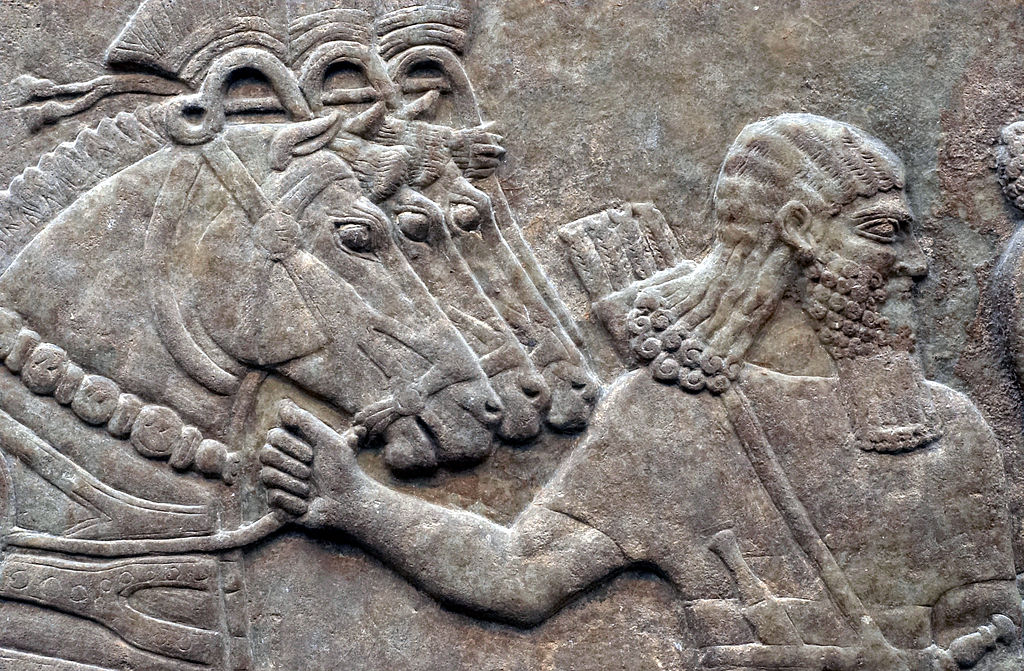
The Nimrud Palace in Iraq, built in the 9th century BC, was a center of Assyrian power. It was destroyed by conflict in the 21st century. Rediscovered in the 19th century, it was once a major archaeological site. Today, it remains largely in ruins, and efforts to preserve it continue. This article originally appeared on UnifyCosmos.
More from UnifyCosmos
20 Waterproof Makeup Essentials for Beach Days

The key is to choose waterproof products that can withstand sun, sweat, and surf, keeping you fresh and flawless all day long. Read more!
20 Affordable Cities in Europe That Will Keep Your Budget Light

Discover a selection of affordable European destinations that offer rich culture, beautiful scenery, and vibrant experiences without breaking the bank. Read more!
17 Inspiring Travel Memoirs for Your Next Adventure

These memoirs will inspire you to pack your bags, hit the road, and create your own unforgettable memories. Read more!
Leave a Reply